Are you undecided about choosing WordPress vs Joomla? Here’s a point-by-point comparison to find out the features of the two platforms.
Which CMS is easier to use and which, on the other hand, has more built-in features? What do they offer in terms of customization and support?
Let’s discover these and other features of the two CMSs together. But first, let’s see what the numbers tell us.
Table of Contents
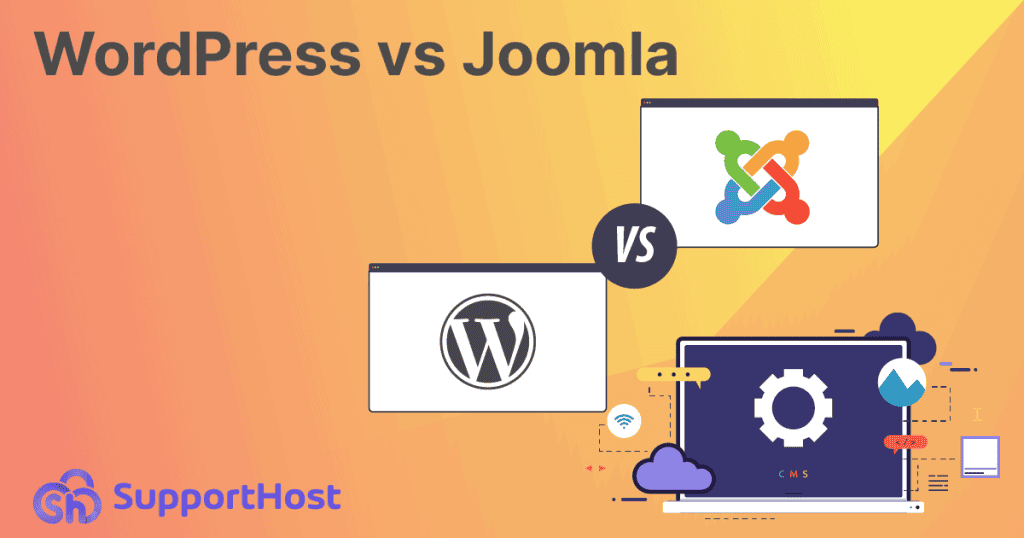
How common is it?
Let’s start this WordPress vs Joomla comparison by seeing how many sites use these two CMSs.
Of course, you cannot decide whether WordPress or Joomla is better, based on how widely one or the other CMS is used. Nevertheless, the spread of the two platforms can give you an indication.
In any case, WordPress and Joomla are among the most popular and widely used content management systems (CMS).
This is mainly due to their ease of use, as we will find out in this article.
Also, if you want to go deeper and find out in detail about the features of the platforms, check out our articles on What is WordPress and What is Joomla.
Let’s look at the numbers.

WordPress is currently the most widely used CMS in the world, covering 43% of all websites and 64.3% of sites using a CMS.

Joomla is used by 1.7% of all sites and 2.5% of CMS-based sites. It is the second most popular open source CMS.
Sandwiched between WordPress and Joomla are other fast-rising platforms: Shopify, Wix and Squarespace.
Here is a chart showing the usage rates of the most popular CMSs.
Ease of use
One of the features to look for in a CMS is ease of use. Let’s see what the learning curve is for the two platforms.
Le’s also compare WordPress vs Joomla in terms of documentation and user friendliness when it comes to installation.
WordPress
The numbers speak for themselves. WordPress is the most widely used CMS for several reasons. One of them is definitely the ease of use.
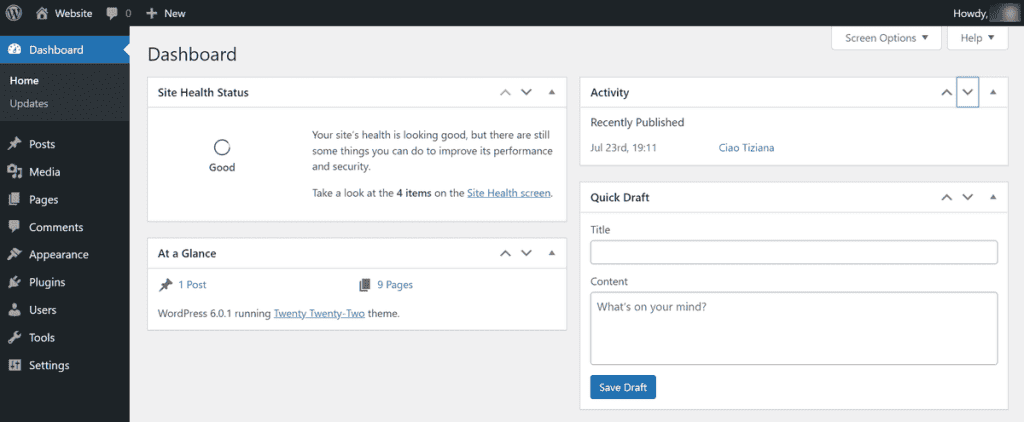
WordPress is easy to learn, but that’s not all. With the addition of plugins and extensive customization options, this CMS is also quite flexible.
But what makes WordPress easy to use?
- Extensive documentation available and a constantly active community.
- Gutenberg, the easy-to-use block editor, and WYSIWIG that allows us to see changes in real time.
And what are the characteristics that make it flexible?
- The presence of plugins for any function.
- Numerous page builders (such as Elementor) and WordPress themes that allow us to customize the site.
Documentation and resources for getting started with WordPress
To help us take our first steps with WordPress, there’s quite an extensive documentation known as the Codex of WordPress.
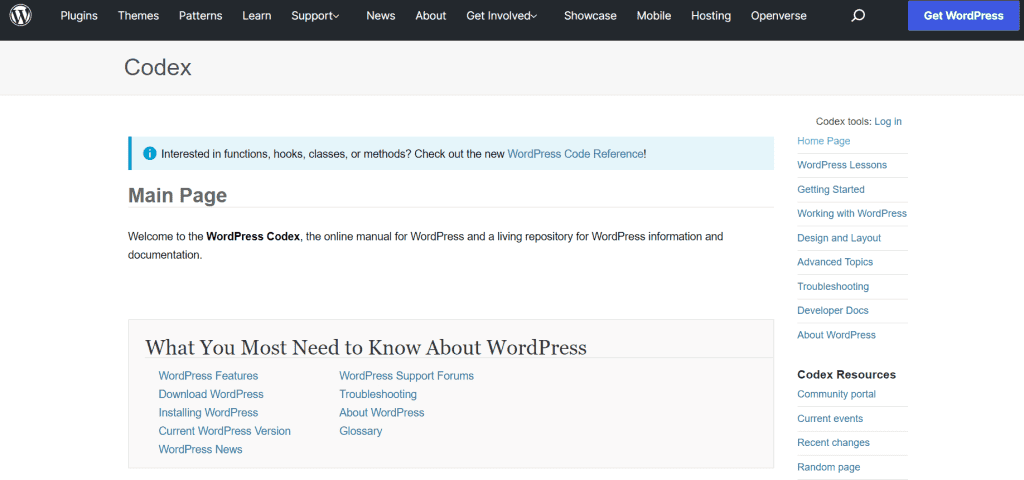
You can also rely on numerous guides, videos and tutorials that explain how to create and manage a site with this CMS. For example, take a look at our WordPress tutorial.
As for installation, there are several alternatives:
- you can use an auto-installer such as Softaculous;
- you can choose a WordPress hosting, with the CMS ready to use;
- you can opt to install WordPress manually.
Joomla
Joomla is a CMS designed to be used by everyone. It allows us to create a site and manage it quite easily.
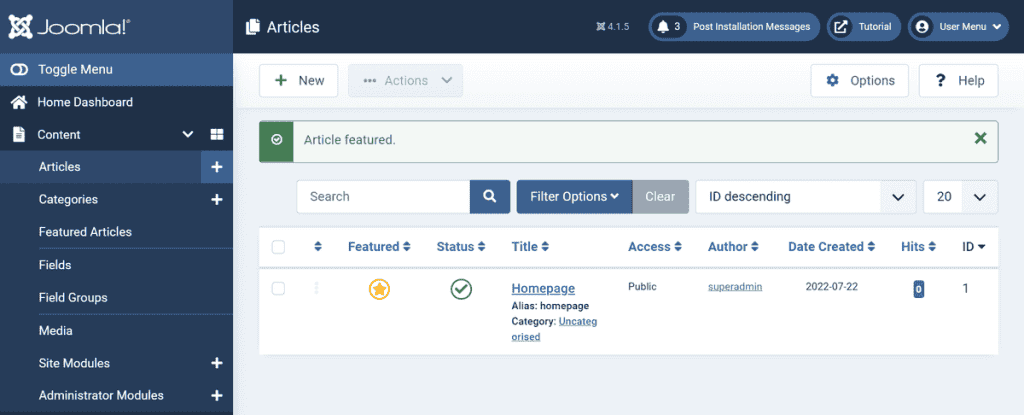
Compared to WordPress, Joomla offers more basic functions, as we will see when we discuss the built-in functions. This can make it a bit more complex to use, so the platform takes longer to master than WordPress.
Pros: points in favor of Joomla’s ease of use are the presence of a WYSIWIG editor and the ability to manage pages and articles from a single section.
Cons: The presence of numerous options and settings accessible from the back-end can be complicating for those just starting out.
Documentation and resources for getting started with Joomla
If we are not afraid of a higher learning curve, Joomla provides us with detailed documentation.
Again you can rely on a very active community that we can find in the official forum. There is no shortage of tutorials, guides and insights.
Installing Joomla can be done in three ways:
- you can use a self-installer, our hosting plans include Softaculous;
- you can choose a Joomla hosting and have the platform preinstalled;
- you can install Joomla manually.
Features: WordPress vs Joomla, which should you choose?
Let’s continue with our WordPress vs Joomla comparison by taking a look at the basic functions of the two CMSs and seeing what can be achieved by adding a plugin or extension.
In any case, the best way to figure out whether WordPress or Joomla is better for your needs is to try the platforms yourself.
You can get started right away with our free hosting which can be activated without any obligation for any payment. This way, you can take advantage of the free 14 day trial to do all the testing you want.
WordPress vs Joomla comparison
| Functions | WordPress | Joomla |
|---|---|---|
| Multilingual site | Yes, using external plugins | Yes, integrated |
| Caching system | Yes, with external plugins | Yes, integrated |
| User management | For advanced management, other methods such as WP-CLI or a plugin should be used. | Advanced user management and control |
| User activity log | Yes, with an external plugin | Yes, integrated |
| Multiple templates | Yes, with a plugin | Yes, in one site we can use multiple templates |
| Back end themes | Yes | Yes |
| Multi-site management | Yes, integrated | Yes, with an external extension |
| Create an ecommerce | Yes, with a plugin like WooCommerce | Yes, with an extension such as Virtuemart or HikaShop |
| CMS to CMS migration | Yes, with the import/export function | Yes, with extensions |
As you can see from this comparison table between WordPress vs Joomla, the two CMSs offer almost the same functions. The difference, however, lies in the fact that in some cases these functions are already built into the core of the platform, and in others they require extensions.
For example, we can leverage the functionality of a WordPress Multisite to manage multiple sites from a single administration panel.
On the other hand, Joomla allows us to create a multilingual site directly with the basic functions. Instead, to create a WordPress multilingual site we have to resort to third-party plugins.
Joomla, moreover, has a built-in caching system, while with WordPress we have to resort to the use of plugins such as W3 Total Cache.
For a more in-depth comparison between WordPress and Joomla, let’s look at some of the key features in which the two CMSs differ:
- media management;
- Management of articles and pages;
- Use of multiple templates;
- user management;
- e-commerce creation;
- Migration from one CMS to another.
Media file management
For media file management, the WordPress media library gives us access to all the files we have uploaded.
We can filter files by type or by upload date, plus we can search by name.
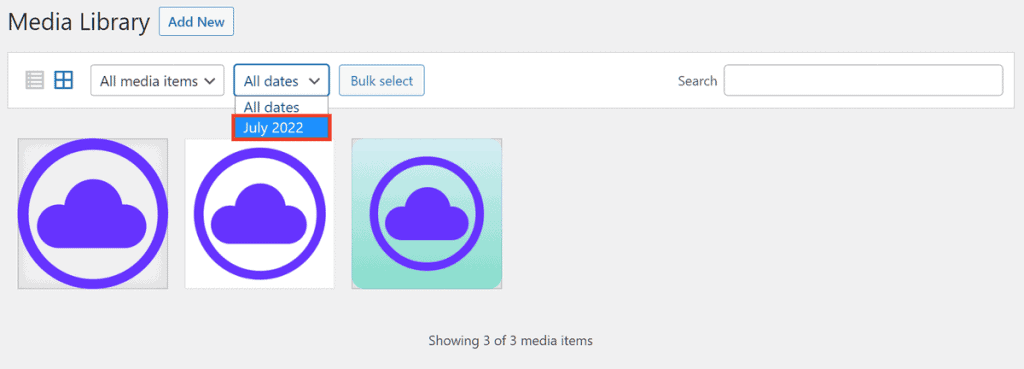
On Joomla, however, we have greater freedom of management. We can, in fact, create folders to catalog files.
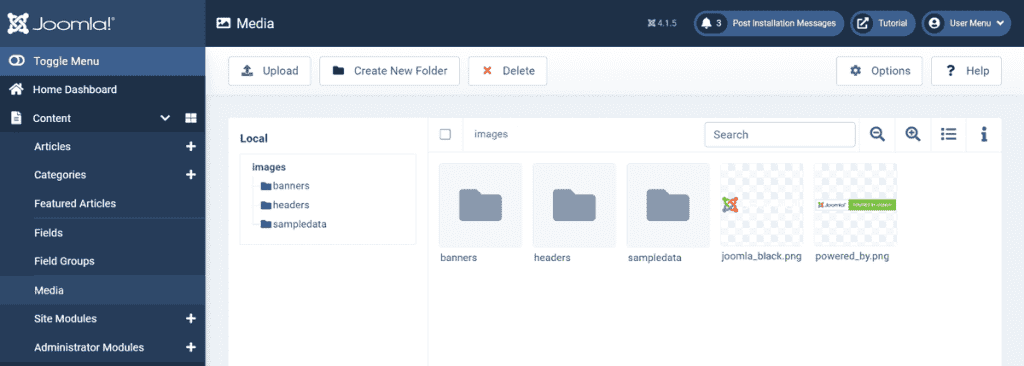
Management of articles and pages
On WordPress, articles and pages are managed separately.
It is possible to organize pages hierarchically, whereas this possibility is not given to us with articles. Articles can be highlighted while pages cannot.

With Joomla there is no distinction and we have only one type of content: articles.
To distinguish pages from articles, we can use categories. After that, pages can be linked to a menu to also be visible on the site (for example on the homepage).
Use of multiple templates
Joomla allows us to create content with a different layout. We can, in fact, choose to use more than one template on a single site.
With WordPress we do not have this possibility. By default, we can choose one theme for the whole site. Alternatively, with a third-party plugin, we can set a different theme for each page.
User management and activity log
With WordPress we can assign users one of six predefined roles.
To create custom roles that have specific permissions, we can use a third-party plugin or create new user roles using WP-CLI, the command-line interface for managing a WordPress site.

To keep track of user activity, we need to use a plugin.
Joomla makes it easy for us to manage users by allowing us to create new groups with specific access levels and to change permissions for existing user roles.
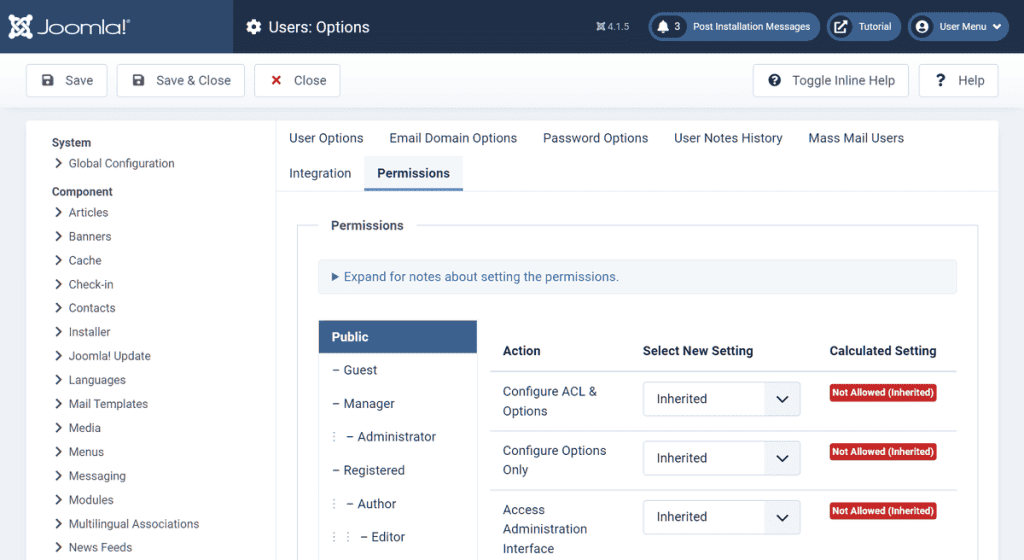
In addition, from the administration panel, the user activity log can be accessed.
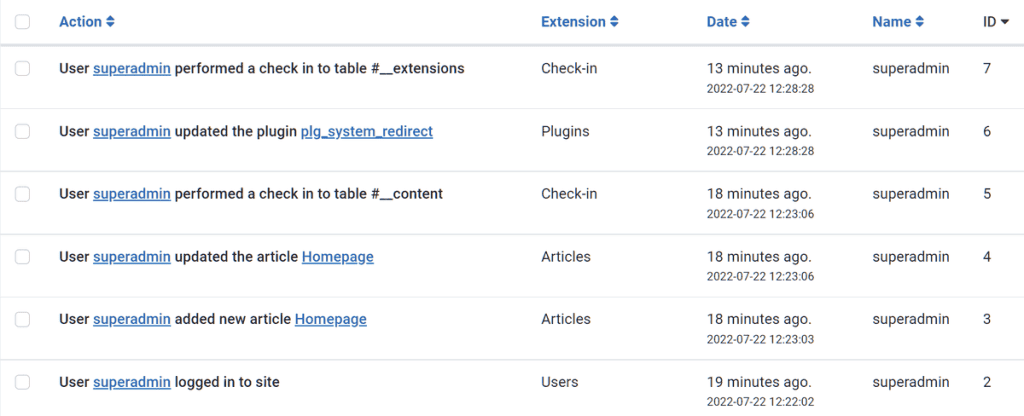
Creation of an e-commerce
To create an ecommerce site with WordPress we can rely on WooCommerce, a free plugin.

Keep in mind that the basic functions of WooCommerce are limited and you often tend to use other plugins. This is one of the reasons that goes into weighing down the performance of WooCommerce.
Depending on the type of project, therefore, it may be necessary to use a native CMS for e-commerce creation, such as Magento or PrestaShop.
With Joomla we can use a free extension such as Virtue-mart or HikaShop to turn our site into an e-commerce.
Migration from one platform to another
What do WordPress vs Joomla offer us in terms of data import and export?
With WordPress, we can use the built-in import function to either switch from WordPress.com to WordPress.org, migrate from Squarespace to WordPress or from Blogger to WordPress.
In addition, we can use import via RSS feed to transfer articles from Wix to WordPress or a plugin to migrate from Joomla to WordPress.
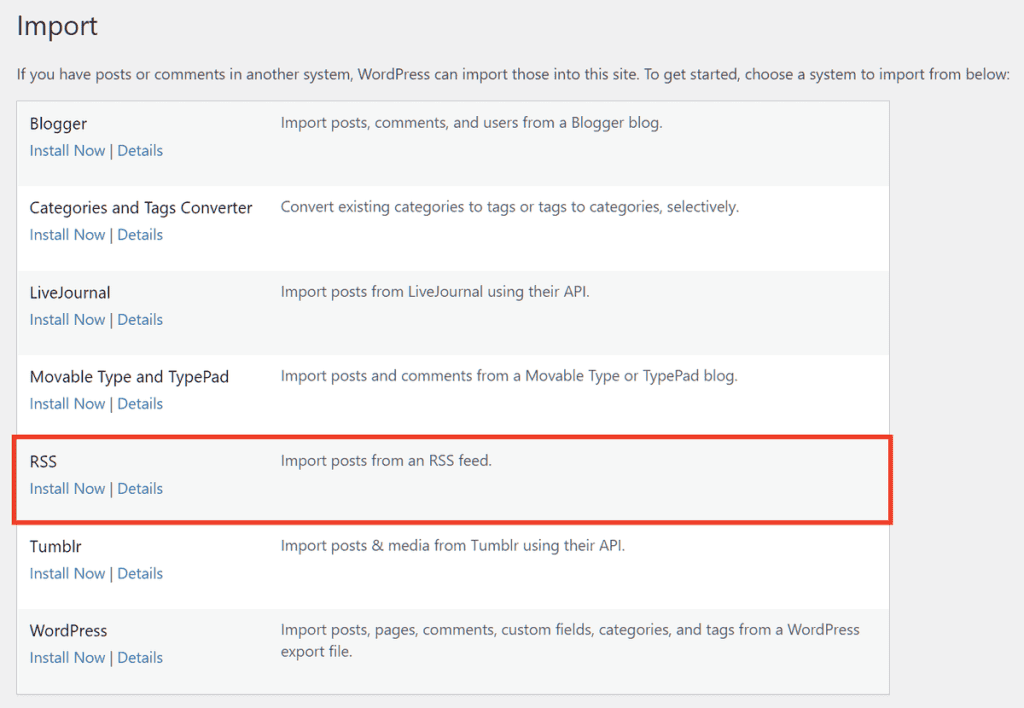
With Joomla we can use extensions to transfer the site from one platform to another or from one Joomla installation to another.
Extensions and plugins
In addition to the core functions, as we have already seen, WordPress and Joomla can be expanded by adding extensions.
WordPress
In the WordPress ecosystem, we find plugins: add-ons that allow us to add new functions.
The plugin directory currently contains 59,636 free plugins. Added to these are plugins available in free and premium versions and those available only for a fee.
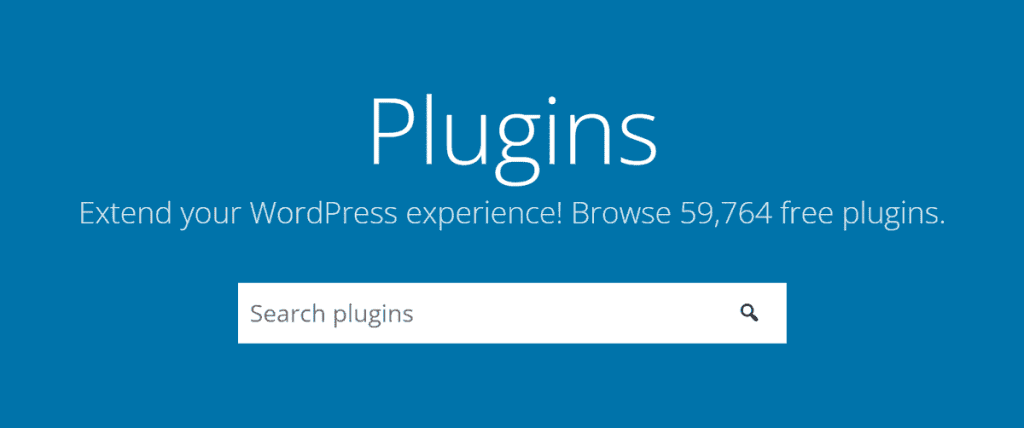
In the latter case, premium plugins can be found on developers’ sites or on marketplaces such as Codecanyon, which is part of the Envato market.
Joomla
In Joomla we can find different types of extensions that are called:
- components
- forms
- plugins
- language packs
- templates
In the Joomla directory we can find 5,937 free or paid extensions.
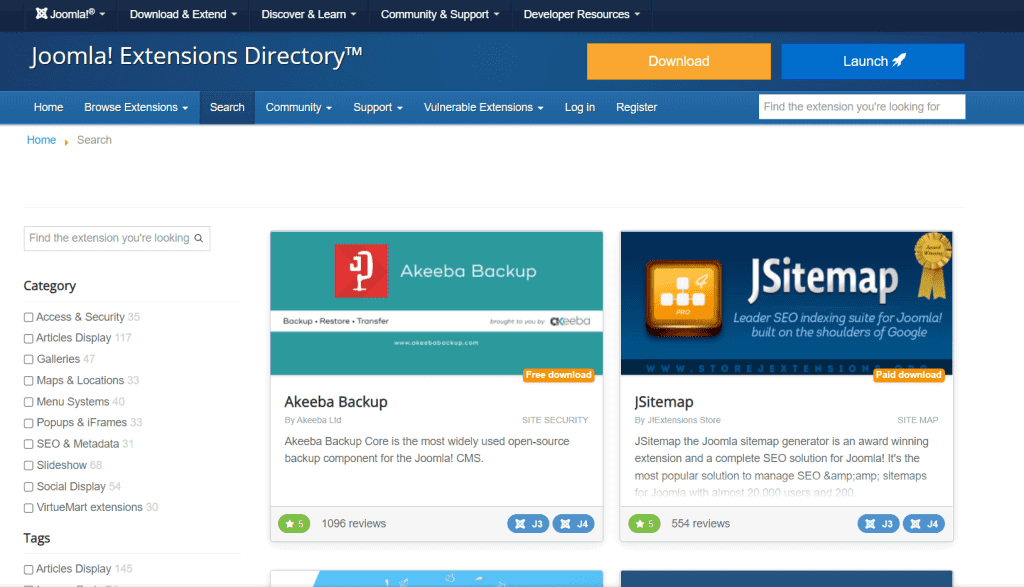
Themes
Themes and templates allow us to customize the appearance of our site. Let’s see how much choice WordPress and Joomla offer.
WordPress
In addition to the default theme, which is renewed yearly, the directory of WordPress themes contains 9,487 free themes.
The current default theme, Twenty Twenty-Two is the first default block theme. A real revolution that allows us to customize the theme with a block editor.
Then there are hundreds of premium themes on marketplaces such as Themeforest or Template Monster.
Joomla
Templates for Joomla are not grouped in one official directory. We can find free and premium templates on marketplaces like Template Monster or Themeforest.
Currently with Joomla 4.0 the default template is Cassiopeia.

WordPress vs Joomla: SEO
What tools do the two CMSs provide us with for search engine optimization of the site? Let’s see what functions are integrated and when it is necessary to use plugins and extensions.
WordPress
WordPress allows us to choose the structure of URLs so as to make them SEO-friendly.
Instead, in order to set the title tag and meta description of pages and articles, we need to use a plugin. There are several plugins that give us guidance on how to optimize on-page content, such as Yoast SEO and Rank Math SEO.
Thanks to plugins like these we can also generate the sitemap of the site and set up 301 redirects.
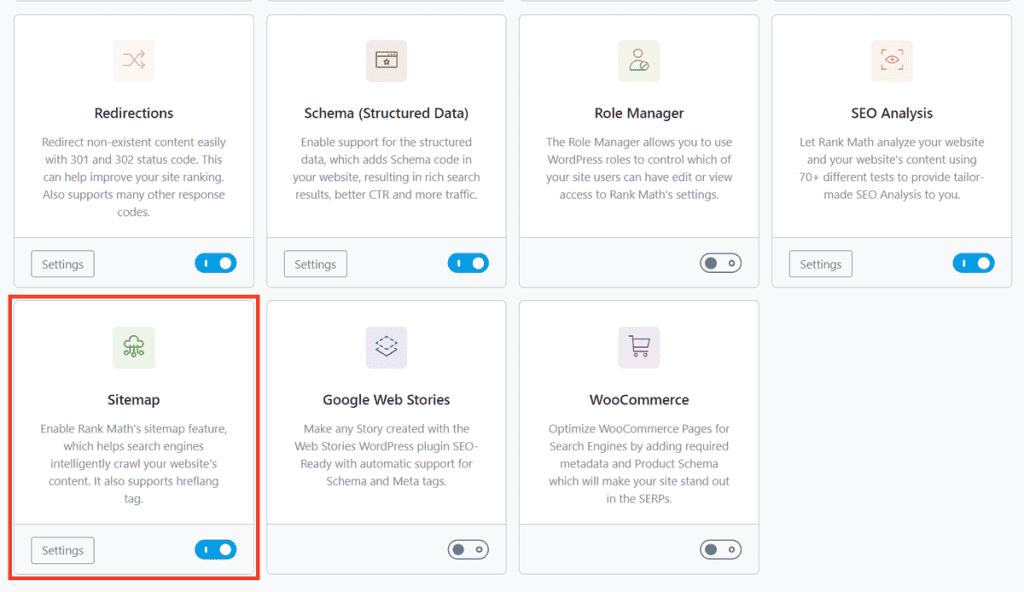
Joomla
Joomla provides us with more features for the SEO. For example, we can set keywords and meta descriptions for articles and pages without having to install any additional extensions.
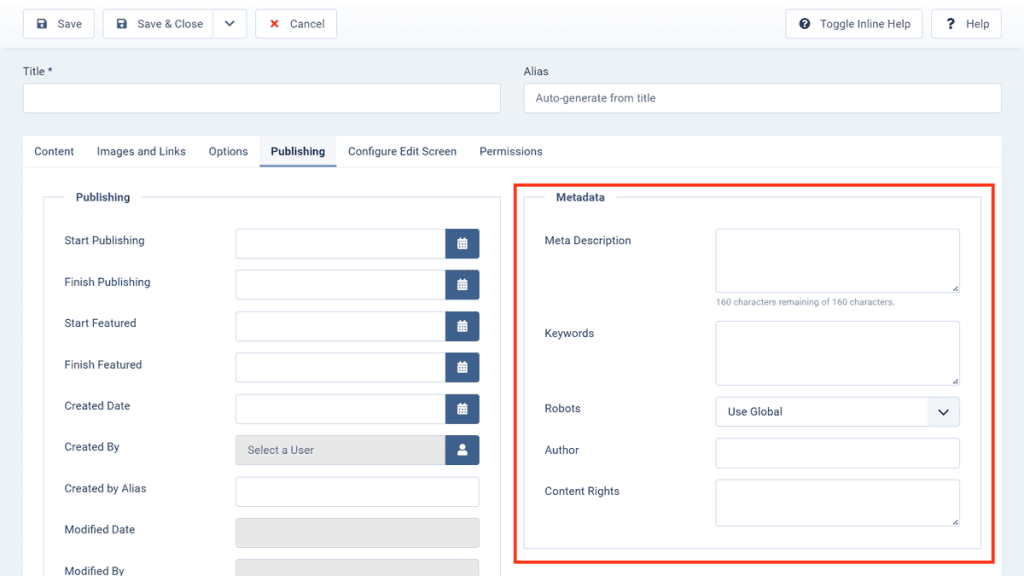
By activating a system plugin, we can set the redirect 301. By adding extensions, we can also generate the sitemap of the site.
Moreover, we can use additional plugins such as EFSEO – Easy Frontend SEO.
Security
Let’s start by saying that these are two open-source projects, and as such, they are supported by an active community that is always ready to fix security holes.
But from a security point of view, which CMS between WordPress and Joomla gives us more guarantees or tools to protect our sites?
WordPress
As the most widely used CMS in the world, WordPress is also the most susceptible to attacks. In most cases, the vulnerabilities stem from third-party plugins and themes.
Fortunately, however, we can rely on an ever-active community and a team of security experts, Team Security, consisting of about 50 people.
There are several actions we can put in place to improve the WordPress security.
We can switch between http to https, using a plugin to simplify things.
Unlike Joomla, which offers this feature by default, with WordPress, we have to resort to a plugin such as Google Authenticator to activate the two-factor authentication.
Joomla
Joomla allows us to force the use of the HTTPS protocol on the entire site. That way, users visiting the http version of the site are automatically redirected to the https version.
In addition, CMS allows us to enable two-factor authentication, an additional security measure to protect access to CMS.
Like all CMSs, vulnerabilities often arise from extensions. Therefore, one should use only reliable extensions and refer, if necessary, to the list of extensions with known vulnerabilities.
Prices
Since these are two open-source and free CMSs, using WordPress and Joomla per se does not have a cost.
In any case, to bring your site online you will need hosting and to choose a domain.
In the case of SupportHost you can choose any plan such as a shared hosting or a semidedicated hosting and select the script to be preinstalled.
Other costs may depend on:
- site development;
- Paid plugins, extensions and themes;
- Site maintenance or support.
Costs are variable and also influenced by the platform. Also as far as development is concerned, they are strongly influenced by the type of site you want to create.
Prices of plugins and themes
As for premium plugins, let’s take the ones available on Themeforest as an example.
The cost of plugins for WordPress range from $6 all the way up to $1,499. Themes start at about $3 and go up to $499.
With Joomla, the cost of components and modules range from $4 to $59. Templates for Joomla range from $14 up to $100.
Consider that the cost of a site-tailored plugin will be higher.
Conclusion: which is better WordPress or Joomla?
There is no definitive answer to the question “which is better, WordPress or Joomla?” Choosing the most suitable CMS to use depends on the project you want to implement, your needs and your knowledge.
A good starting point can be to ask ourselves what functions will be needed for our site and evaluate the most suitable platform. As we have seen Joomla has built-in functions that allow us to manage users, use multiple templates and much more.
For its part, WordPress has fewer basic functions, but it has a less steep learning curve that makes it ideal for beginners as well. In addition, more plugins and themes are available to customize the functions and appearance of the site.
To guide you in choosing between the two platforms, we looked at what their key features are, what kind of documentation and support we get, what they offer in terms of extensions, and more.
Do you have a clearer idea now? Have you already chosen the CMS that is right for you? Let me know in the comments below what elements were decisive when making your choice.





Leave a Reply